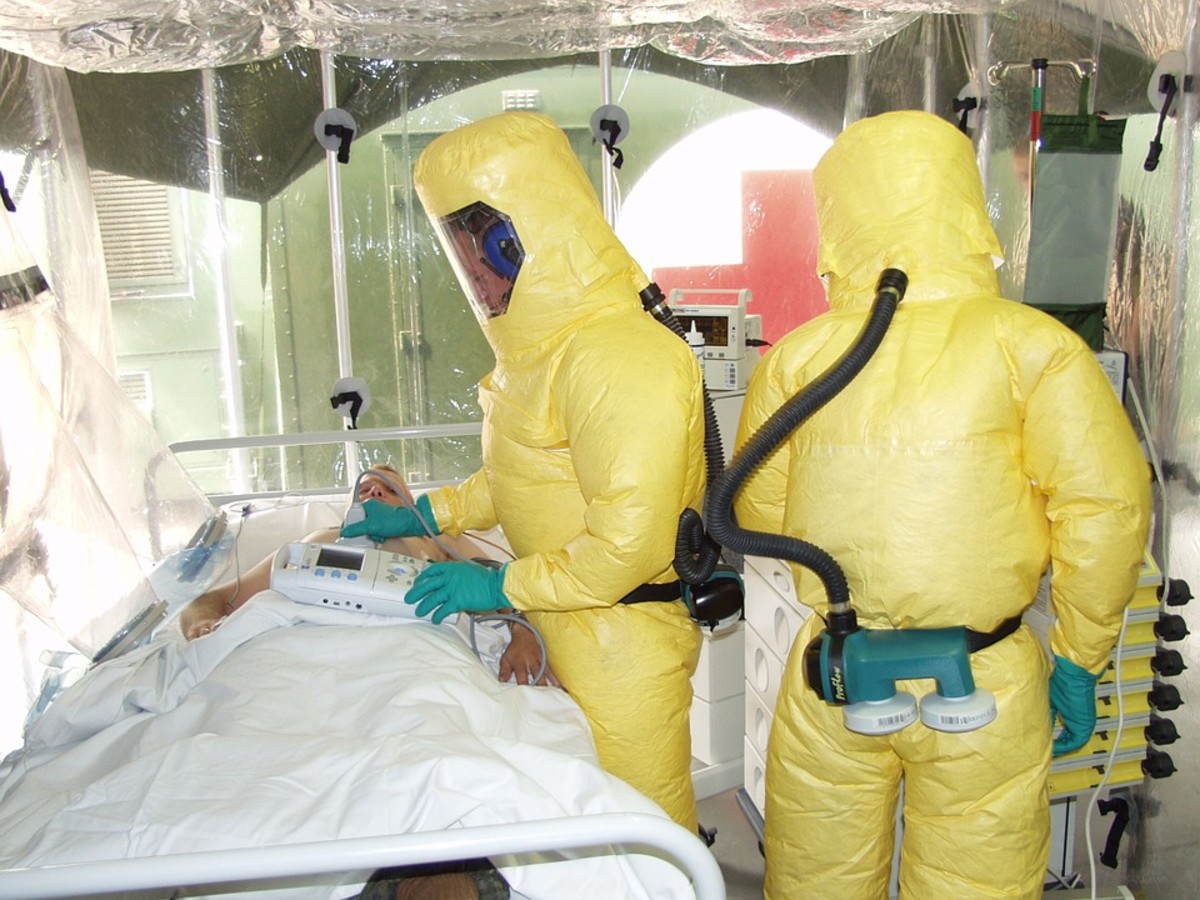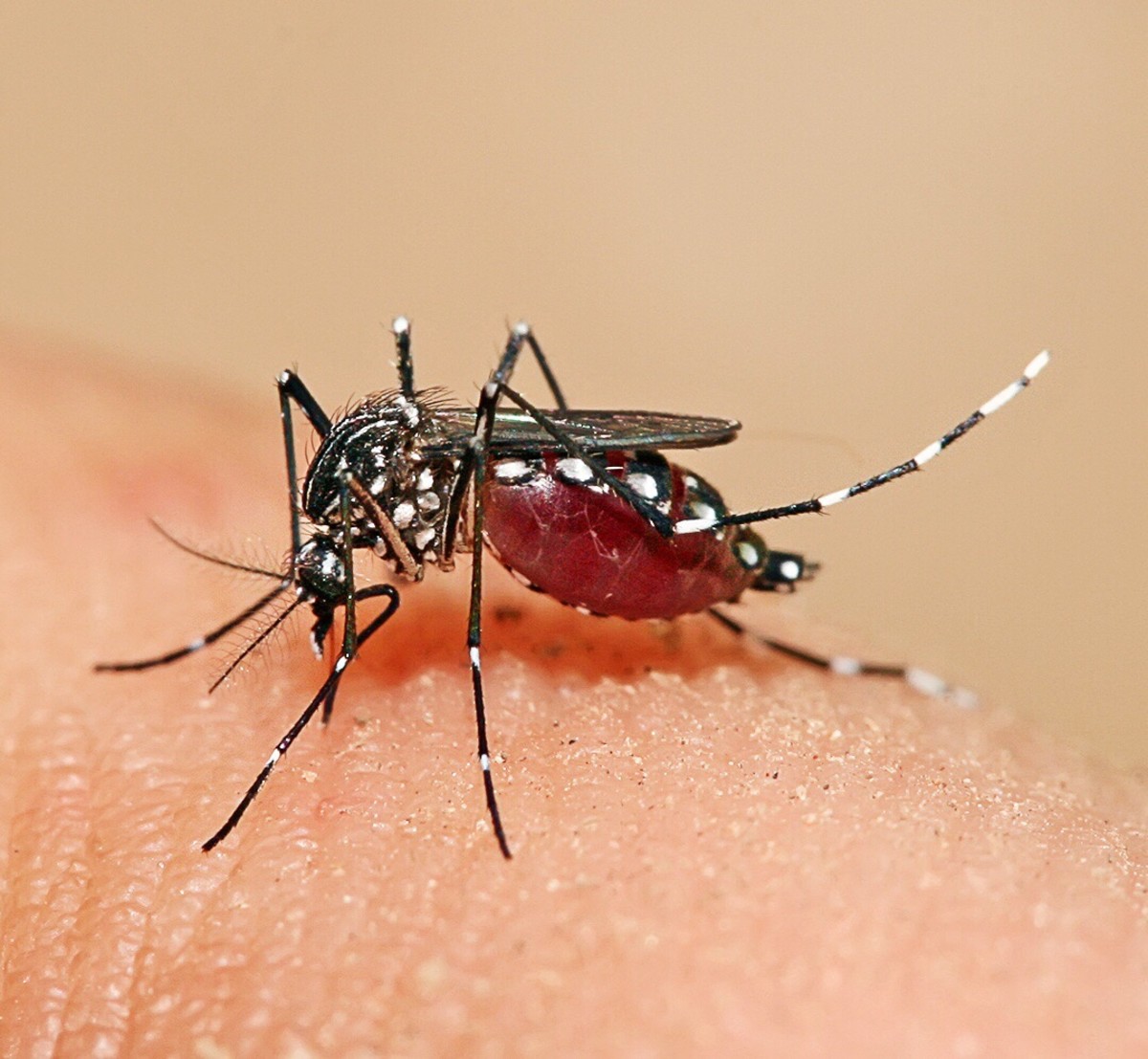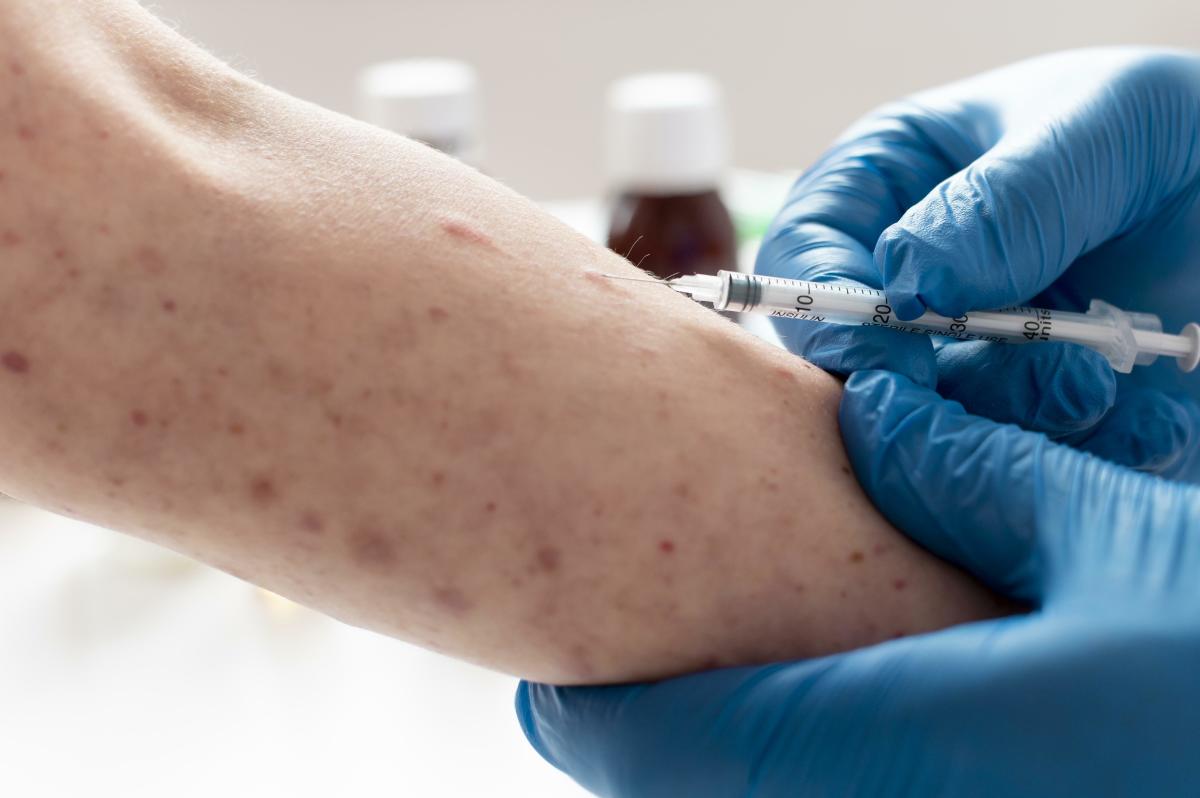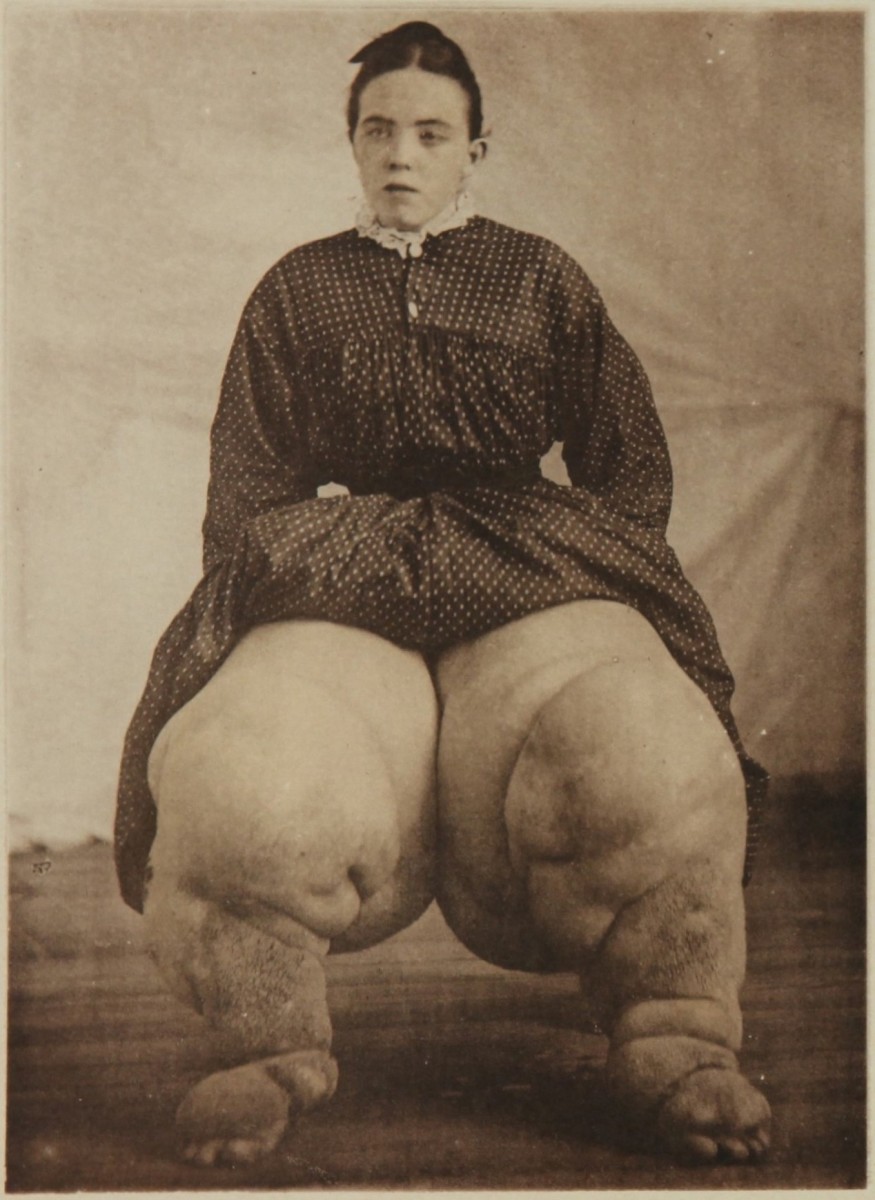What is an Ebola Virus Outbreak?
Ebola Virus Infection: Symptoms, Pathogenesis, Transmission, Prevention, Diagnosis, & Treatment
Ebola Epidemic
The deadly outbreak of the Ebola Virus has recently affected hundreds of people across the regions of West Africa including Guinea, Liberia, Sierra Leone, and Nigeria. World Health Organization has declared the progression of this deadly pathogen as an international public health emergency. This fatal virus appeared near the banks of the Ebola River in Sudan and Zaire from where its name derived. The epidemics of Ebola Virus Disease (EBV) have periodically occurred in Sub-Saharan Africa in the past few decades with the survival rate of less than 50 % of the affected population.
Symptoms
The integral (flu-like) symptoms occur with the onset of fever, chills, severe muscle pain, weakness, cough, nausea, headache, and vomiting. The initial symptoms followed by more severe conditions like diarrhea, joint pain, sore throat, chest pain, stomach pain and weight loss depending upon the intruding Ebola species. The clinical manifestation of impaired kidney and liver functions, internal and external bleeding further deteriorates the health status of ailing patients.
Pathogenesis
The exact mechanism of the Ebola virus infection is still not known and under investigation by the clinicians and researchers. However, the existing studies demonstrate that the virus primarily attacks the human lymphatic system, thereby, posing a serious threat to the immune mechanism of the body. The site of primary infection comprises of lymph nodes and fibroblastic reticular cells beneath the skin surface. The virus contaminates the sweat glands and hair follicles and subsequently propels into the bloodstream to invade the white blood cells that are an important part of the immune system. The course of infection of this deadly virus accomplishes within 14 to 21 days of its entry into the bloodstream. With the progression of 5th day of the illness, rash containing pus develops on the face, which then rapidly spreads to other parts of the body. The illness is further complicated by profuse diarrhea, vomiting, and abdominal cramps. A range of hematological irregularities including gastrointestinal bleeding, lymphocytopenia (decreased lymphocytes) and neutrophilia (increased neutrophils) develop with the appearance of symptoms like, dark tarry stools, bloody vomiting, and coughing up blood from 7thto 16th days of Ebola infection. The inflammatory mediators released from the reticuloendothelial cells further deteriorate the pathological condition. The virus then invades the liver, spleen, and kidney resulting in complicated outcomes like hepatitis and facial edema. The hematological manifestations of the disease result in profound bleeding, hypotensive shock and multiple organ failure accounting for major life-threatening conditions and eventually death results in 50% to 90% of the affected individuals.
Transmission
Ebola infection is highly communicable and spreads by direct close contact with the infected patients and their bodily fluids. However, the disease does not spread through the air by coughing or sneezing of diseased individuals. The healthcare workers handling secretions and blood of the infected patients are much prone to infestation by the deadly pathogen. The virus initially spreads in animals like fruit bats, monkeys, and chimpanzees that become the primary source of spreading the disease in the human population.
The physicians and health care personnel treating the infected patients become highly susceptible to acquire this deadly contagious disease.
Prevention
The prevention of Ebola infection focuses on avoiding the risk factors for the spread of the virus from diseased humans and animals. The infected animals must be restricted in a confinement to avoid any possibility of the transmission of the virus to healthy individuals.
The areas of the Ebola outbreak need to be thoroughly isolated for ceasing the spread of the virus to the nearby regions. The healthy individuals are required to avoid direct close contact with the infected people due to the capacity of the virus to transmit through bodily fluids and tissues.
Washing the hands regularly with medicated soaps is one of the best measures to challenge the spread of this contagious disease in the human population.
Non-vegetarian people residing in the regions of the Ebola outbreak should avoid consuming meat, as a single infected chunk of flesh is sufficient to disseminate infection in the associated population.
The health care professionals dealing with the infected population should practice extra measures to protect themselves from the direct contact of the disease-causing pathogen. Needles and laboratory instruments require disposal or sterilization to prevent them from becoming the source of the deadly infection. Medical masks, gloves, and eye shields are required while treating the diseased individuals. Similarly, the health care staff should practice standard safety measures for the burial of the dead bodies of infected patients.
Diagnosis
It is highly challenging to diagnose Ebola Virus Disease in the nascent stage, however, a definitive diagnosis can be tracked at a later stage through various lab investigations including ELISA, RT-PCR assay, electron microscopy, cell culture, and antigen detection tests.
Treatment
US FDA approves no effective treatment by the clinicians to cure the onset and progression of the deadly Ebola Virus Disease. However, a team of scientists led by Thomas Geisbert at Boston University has claimed to treat the virus infestation using the genomics methodology known as RNA interference technique. The quest for effective treatment is still under the preclinical stage and may require many more years to formulate a safe and viable treatment regimen for FDA approval.
According to a UK based medical journal, the seeds of Garcinia kola tree (in Central Africa) contain an extract that can provide an excellent herbal remedy for a complete cure to the Ebola epidemics.
The currently practiced standard treatment of the Ebola Virus infection focuses on providing re-hydration therapy for maintaining the body fluids and electrolytes levels. The manifestations of Ebola and other associated infections require treatment by multidrug therapy that does not promise a definitive cure until date.








